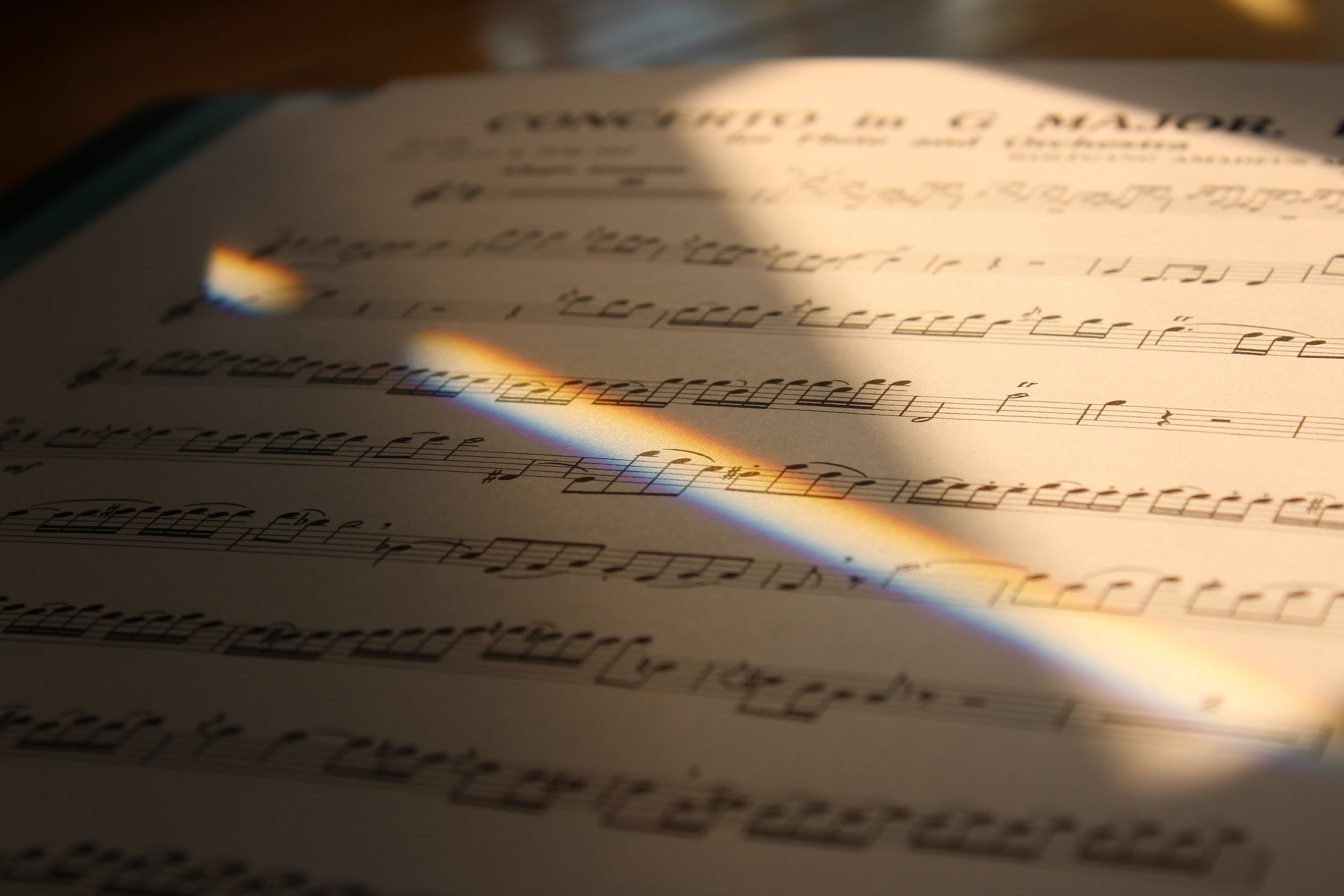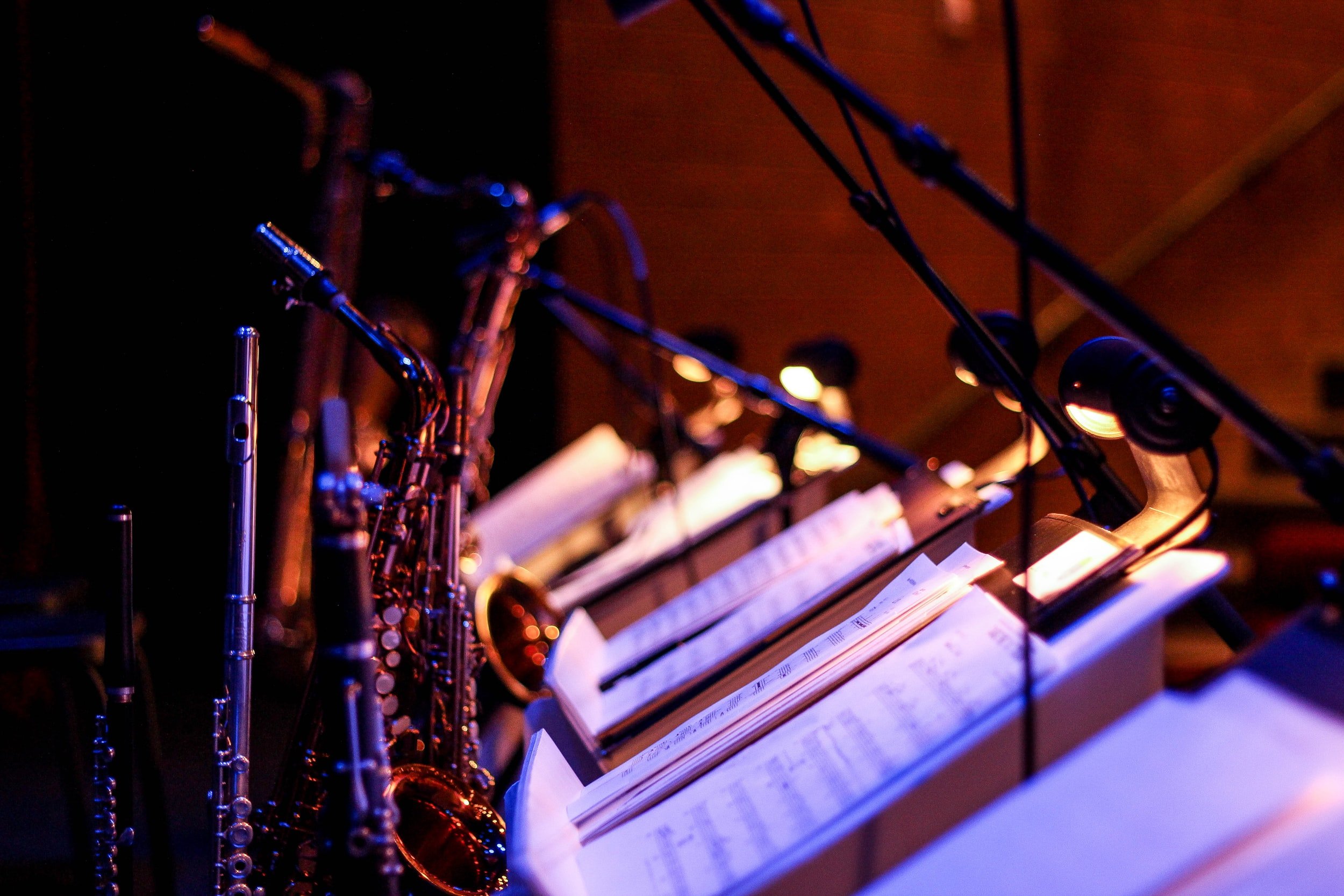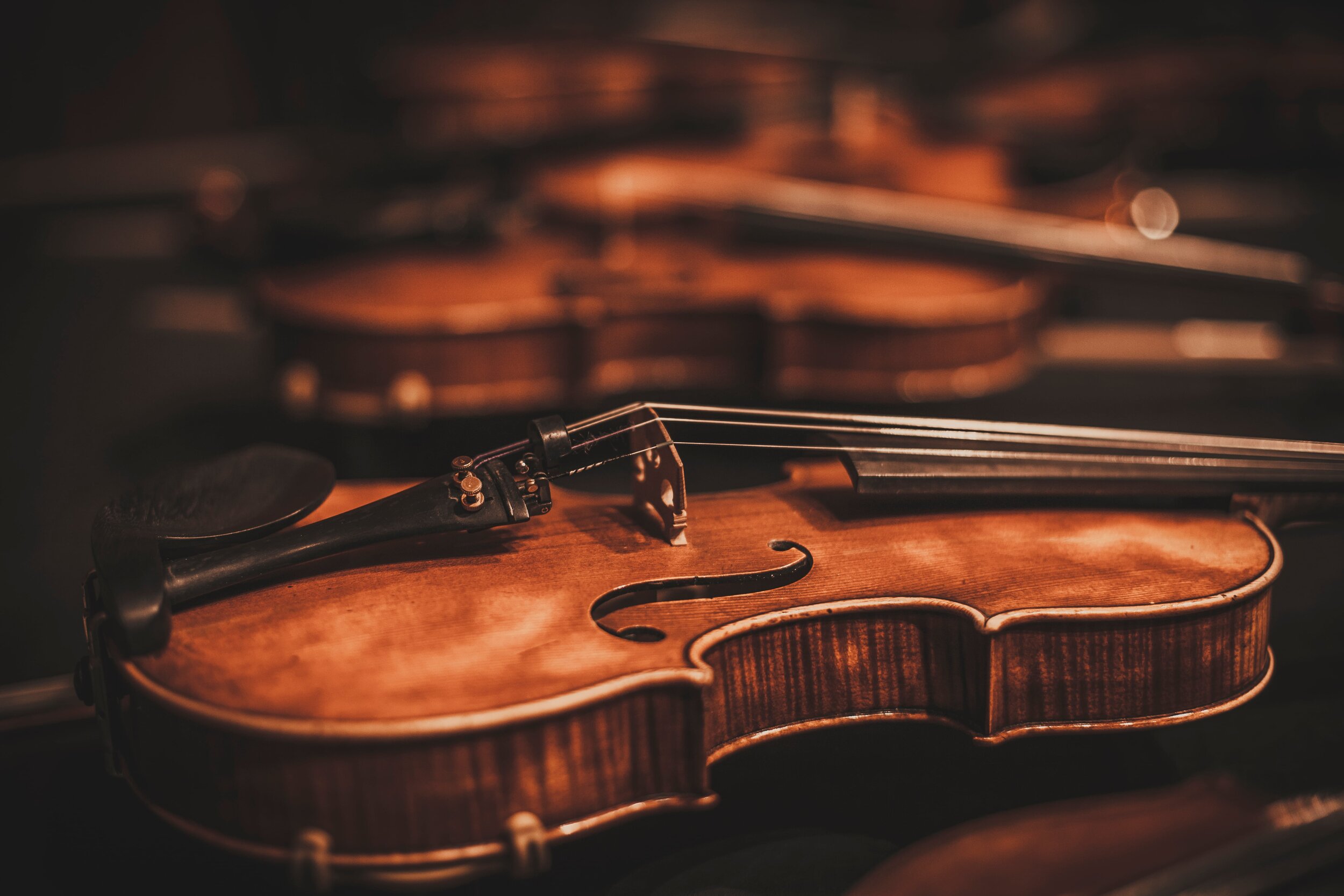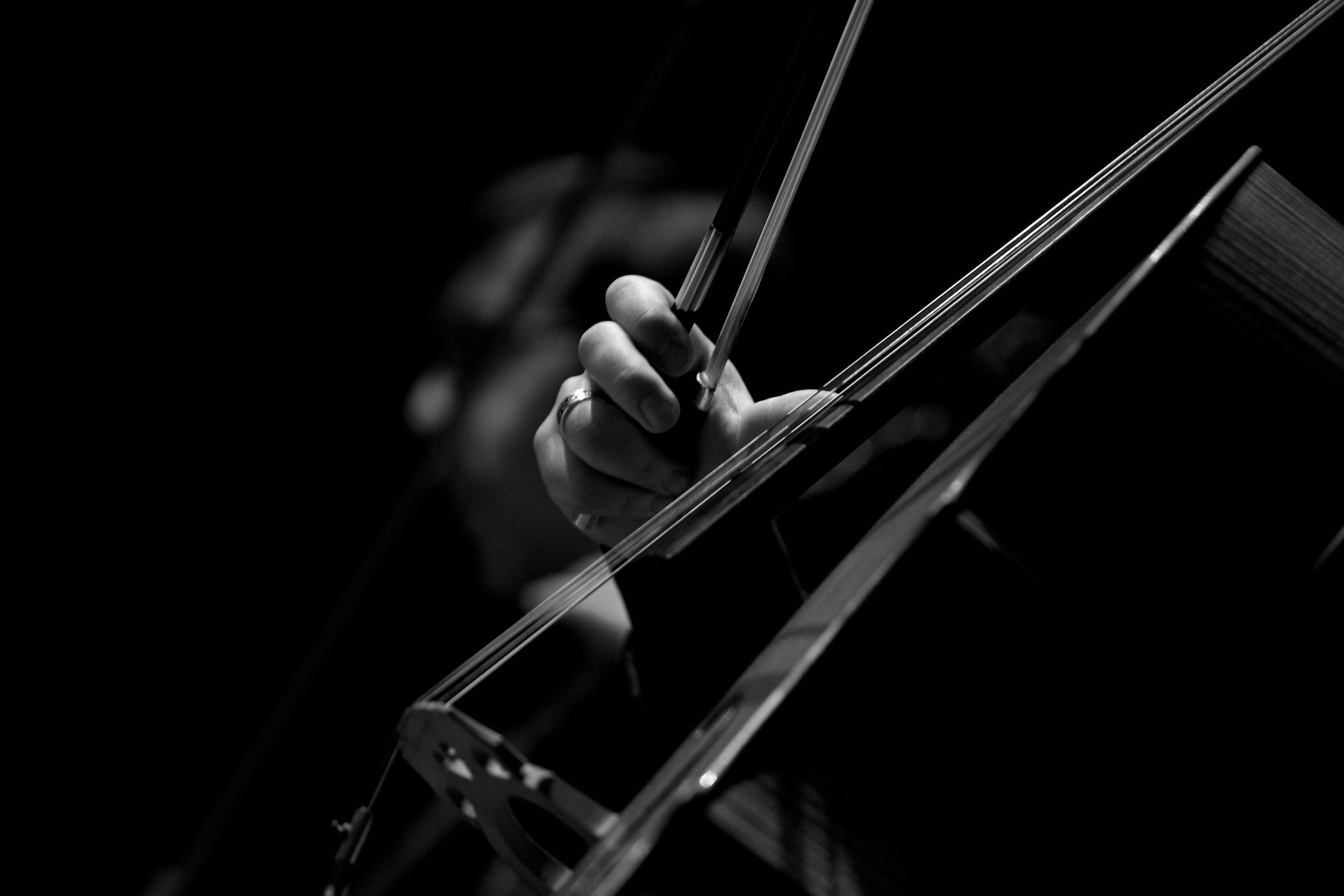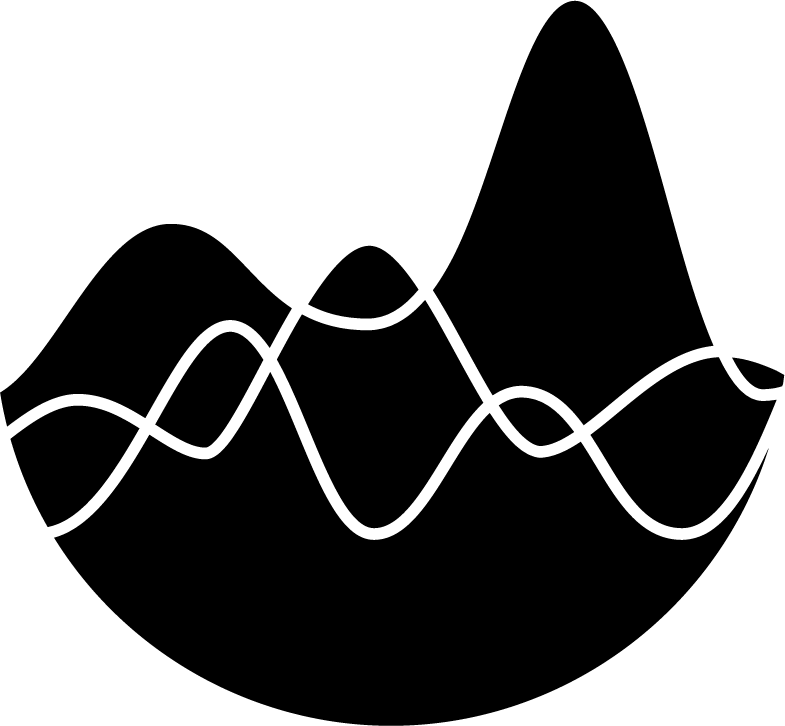Brass | The Trombone Family
Brass | The Trombone Family
Extreme Orchestration
by Don Freund and David CutlerPublished: February 2024
Alto Trombone
Tenor Trombone
Bass Trombone
THE TENOR AND BASS TROMBONES.
The trombone is so similar in its acoustic structure to the trumpet (predominantly cylindrical) that it may be considered a bass trumpet with a slide replacing the valves. The trombone has a robust sound, brilliant and capable of edginess when needed, but because it is twice the length of a B♭ trumpet and is generally heard in the lower part of the sound spectrum, it is also capable of noble richness and a stately power that no other instrument can provide. Its introduction into the orchestra was by way of an accompaniment to vocal music; trombones were frequently used in the late 18th century to double chorus parts that would have been unplayable on other contemporary brass instruments. This connection with chorale-style harmonic texture and a certain somber religiosity lasted through the 19th century, but the music of composers such as Stravinsky and Berio and the trombone’s significant role in the world of jazz have allowed the more active, dramatic, and playful sides of the trombone’s character to come to light.
The trombone’s slide distinguishes it from any other instrument. The slide provides 7 positions, a tritone’s worth of fundamentals allowing for complete control over intonation and making glissandos of up to a tritone playable. The slide also significantly changes the notation guidelines regarding slurring, since some degree of tonguing must be used to hide the movement of the slide between pitches, unless adjacent notes can be played as different partials in the same slide position. This means that slur marks in trombone parts are to be understood musically rather than technically; slurring versus tonguing is a question of the degree of articulation.
In addition to the slide, almost all orchestral trombones now have at least one “attachment,” extra tubing brought into play by a “trigger” operated by the left thumb. The common F attachment (or “F trigger”) increases the tubing’s total length by a third, so that the instrument’s fundamental in first position (normally B♭1) is lowered to F1. Since the instrument is now longer, the slide has to move farther to create a half-step, so only 6 slide positions are possible with the trigger engaged, covering a p4 instead of a tritone. Not only does the F attachment make the notes from E♭2 down to C2 available, but also effectively doubles the number of harmonic series from which any pitch can be selected, making otherwise awkward passages easier and allowing for trigger trills. Triggers are most often used in the lowest register, where partials are further apart. There are only 6 positions with the F trigger engaged, but they are numbered I through VII, with V omitted; this numbering allows the positions to be close to where they would be without the trigger.
The term “trombone” refers by default to the tenor trombone; when a bass trombone is specifically needed, it should be designated accordingly. The tenor trombone and bass trombone are two versions of the same instrument, modified to facilitate and enhance the varied functions of their assignments. Occasionally a part that seems better suited for the bass trombone will be assigned to this instrument regardless of the score designation. Both instruments have B♭1 as their open fundamental, although they (like all members of the trombone family) are written in concert pitch. While most orchestral tenor trombones have an F attachment, all bass trombones have one, usually with a second attachment, either an E attachment, or a G♭ attachment. This can be used in tandem with the F to effectively create a D attachment. The essential difference between these two instruments is that the bass has a wider bore, more flare to the bell, and a larger mouthpiece, all of which favors the playing of lower pedal tones and gives a commanding authority to the lower half of the range.
The standard trombone section in a large orchestra is two tenor trombones and one bass trombone. Trombone players tend to specialize on either tenor or bass early in their development, and rarely double.
THE TROMBONE: A GUIDE TO THE REGISTERS.
Pedal tones are more effective on the trombone than any other brass instrument, sounding with remarkable power and color at ƒ levels and capable of providing a quiet but solid bass if needed. Below G1 pedal tones become problematic for tenor trombones, but remain effective for the bass trombone. The pitch B1 cannot be played simply with the F attachment; it will create problems unless the player has an additional attachment or has time to reset the F attachment’s tuning slide before and after the note. The range from C2 to C4 is particularly good on the bass trombone, but can also be written for the tenor with assurance of a flexible dynamic range, penetrating color, and reasonable agility, although tenor trombones without an attachment will not have the pitches between C2 and Eb2. The register from F3 to Bb4 is the showcase register for the tenor trombone, where its power, singing tone, and brilliant range of dynamic and articulation nuances can be best displayed. While professional players may be comfortable up to D5 and beyond, notes in this range are likely to be performed with a degree of caution, so these extreme high notes may be less heroic than lower ones in actual performance.
TROMBONE STRENGTHS AND LIMITATIONS.
Although accomplished trombonists have achieved an astonishing degree of slide technique, composers should be aware that the peculiarities of trombone design make it difficult to replicate the velocity of passagework possible on the trumpet, horn, or even tuba. The trombone more than compensates for this shortcoming with its extraordinary dynamic range and facility of articulation throughout its range. As a solo instrument, it easily commands attention in a range where other instruments may be buried. The trombone’s flexibility and ability to deliver just the needed degree of impact make it an excellent resource for doubling and highlighting. The bass trombone can produce very low notes with a presence and projection beyond the potential of any other bass instrument. The trombone section blends very well together, dispensing the harmonic function as needed over a wide range of pitch and dynamics.
TROMBONE MUTES.
Practically all mutes that are available on the trumpet can be found for trombone. Since these are less commonly used and, because of their size, less convenient to carry around, the availability of a trombone mute is somewhat unpredictable. Mutes work very well on trombones, although less effectively in the lower range, where they can sound uncomfortably stuffy. Plunger and harmon mutes used to create wah-wah effects are stunningly effective on trombone, because its tessitura is ideally situated to make these color modulations engaging. It should be noted that the trigger cannot be used when the left hand is occupied in the muting activity.
TROMBONE GLISSES.
Trombone slide glissandos are possible only between slide positions of the same partial. The example below shows all the possible glisses on one partial from the 2nd through the 10th partials. Using the F attachment provides a new set of possibilities, but remember that glisses using the F attachment can only cover a p4.
Slide glisses of smaller intervals contained within these glisses are possible. These glisses are just as playable ascending or descending. Note that some rather small intervals are still impossible as slide glisses; for example, the minor third (m3) D♯3 to F♯3 cannot be played on any partial, even if the F attachment is used.
Lip glisses (harmonic glisses) over different partials are possible, although the breaks will be audible. Lip glisses can be combined with slide glisses to “fake” impossible slide glisses.
Hello, World!
The Alto Trombone
The alto trombone, a three-quarter size trombone, is a p4 higher than the tenor trombone with the open fundamental E♭2, . Throughout the 18th and much of the 19th century it was the top instrument in the trombone section. In modern orchestras, alto trombone parts are generally played on tenor trombone, so trombone players must become proficient reading alto clef. Arguably, these parts sound better on the smaller, more responsive alto trombone, and this flexible, lighter sounding instrument is making a bit of a comeback.The Contrabass Trombone
The contrabass trombone’s open fundamental is B♭0, an octave lower than the tenor, so its tubing is twice as long. Notes that are pedal tones on the tenor and bass trombone are second partials on the contrabass, and its pedal tones (if playable) extend below the piano keyboard. Although it is called for in works by Wagner, Strauss, Schoenberg, and Varèse, it is regarded as unwieldy to play, and is generally replaced by the tuba or the bass trombone
Trombone Family Orchestral Examples.
Here are examples from orchestral literature that demonstrate characteristics of the trombone family.
Mozart: Requiem, Tuba mirum, m. 1-17
This lyric obbligato to a bass arioso is the earliest famous trombone excerpt, and remains still one of the best examples of cantabile trombone style. The use of the high singing register is particularly appropriate to the flowing legato line.
Wagner: Die Walküre, The Ride of the Valkyries, rehearsal number 11.
Here the trombone is heard at its most powerful and heroic. Modern trombone players would have little trouble playing the measures in bass clef up an octave, following the natural contour of the melody, but the lower range employed in these measures allows the sound to retain a noble gravity and depth.
Mahler: Symphony No. 3, 1st movement, rehearsal number 58-62
This is the last and most dramatic of a series of extended trombone solos in this movement. Here Mahler exploits the tremendous dynamic spectrum of the instrument, which easily dominates the orchestra even when limited to its middle and low range. Mahler’s care in giving extremely detailed dynamic, tempo, style, and articulation information is evidence of the wisdom gained through his experience as a conductor.
Kodaly uses the bass trombone (doubled an octave lower by tuba) to give this passage more pompous heft than the tenor trombone could provide.
Kodaly: Hary Janos Suite, 4th movement, “The Battle and Defeat of Napoleon,” rehearsal number 5
These two passages make contrasting use of the trombone trio. Brahms uses this sonority for a rich but quiet chorale solemnity. Britten uses the trombone section ff to create an ominous, overpowering force. Note how Britten uses the subtle timbral distinction of the bass trombone to stand out in the middle of the conjoined tenor pair.
Britten: Four Sea Interludes from “Peter Grimes,” Interlude No. 4 (“Storm”) rehearsal letters 3 and 5
Instrument Studies for Eyes and Ears:
Passages I for Tenor Trombone
Passages II for Tenor Trombone
Passages for Bass Trombone












